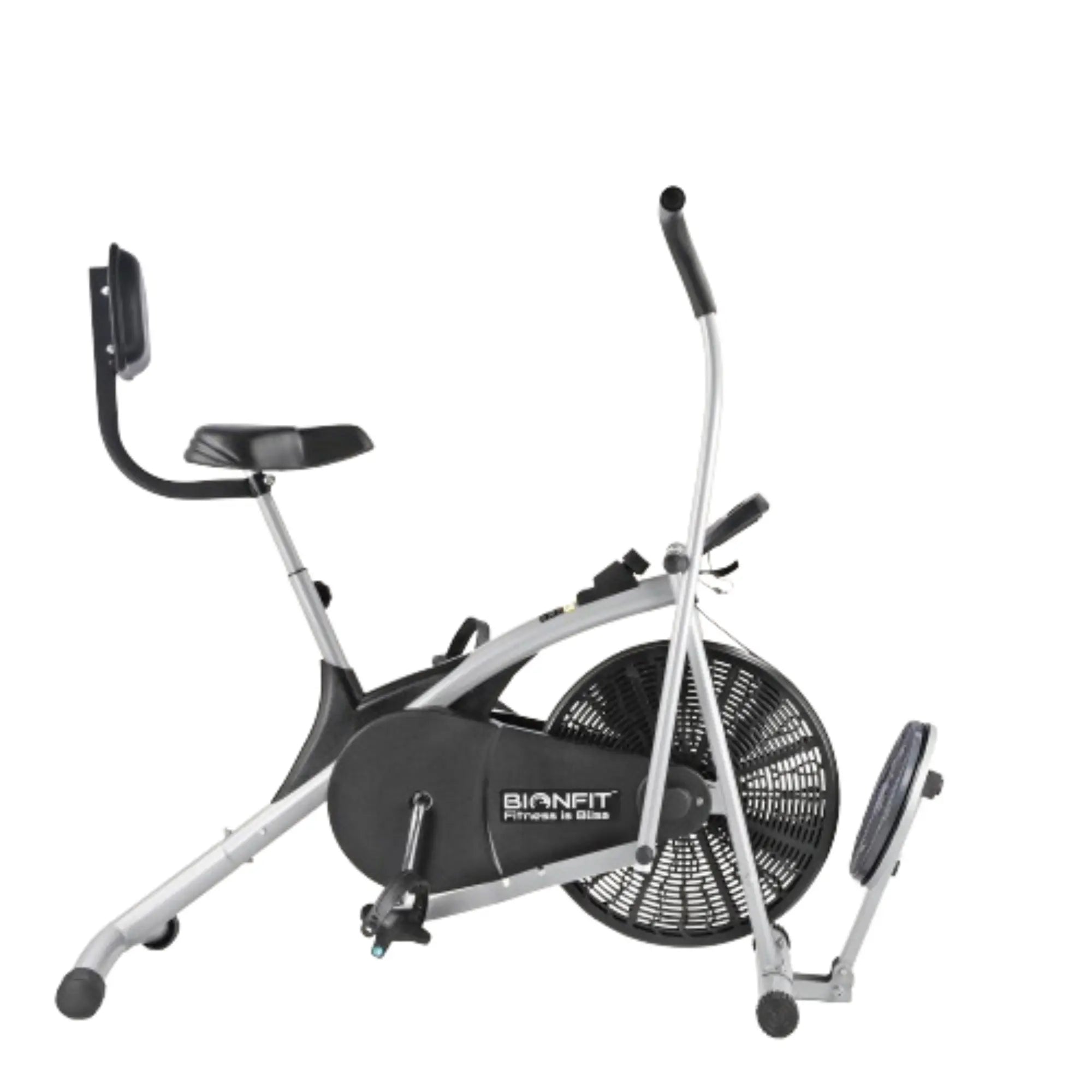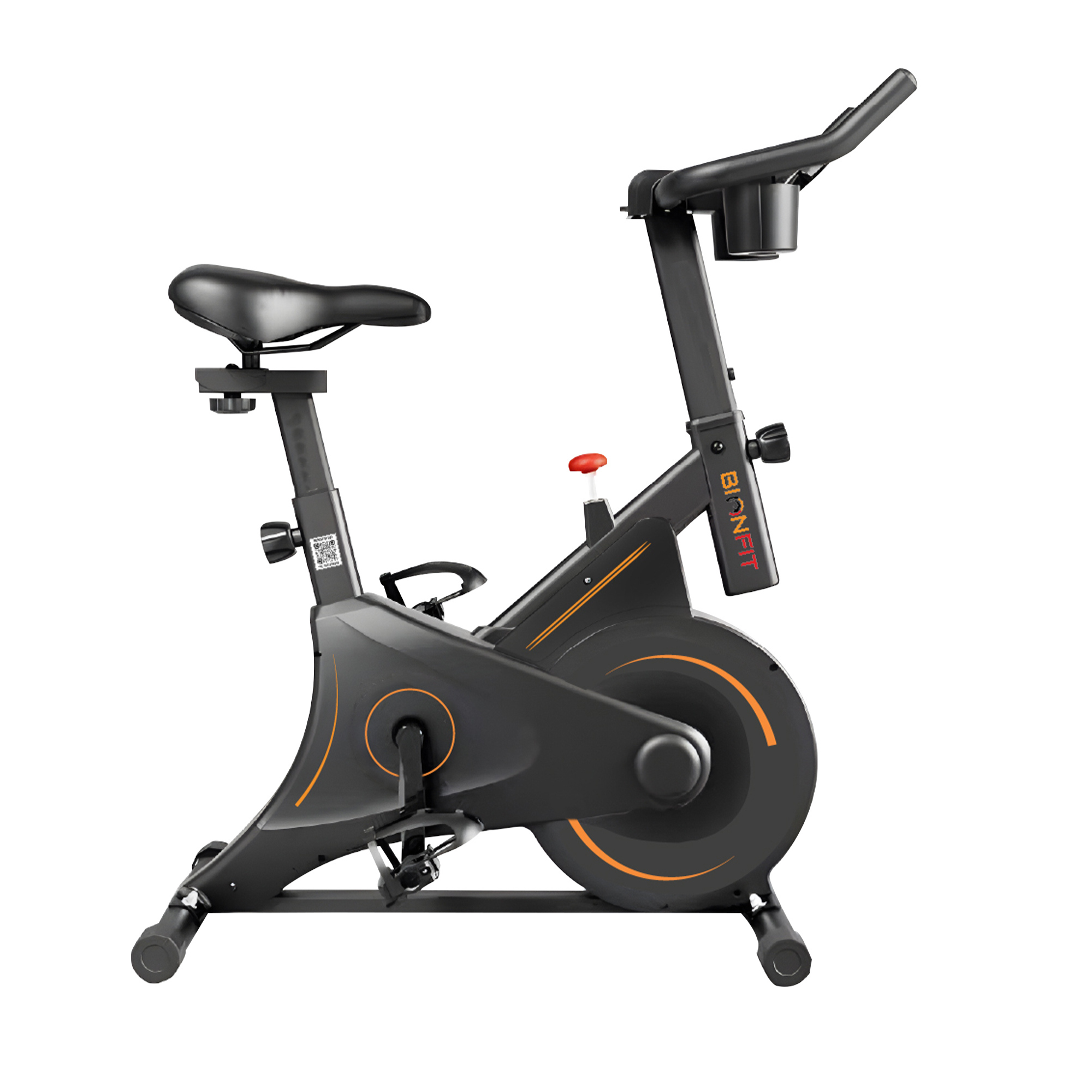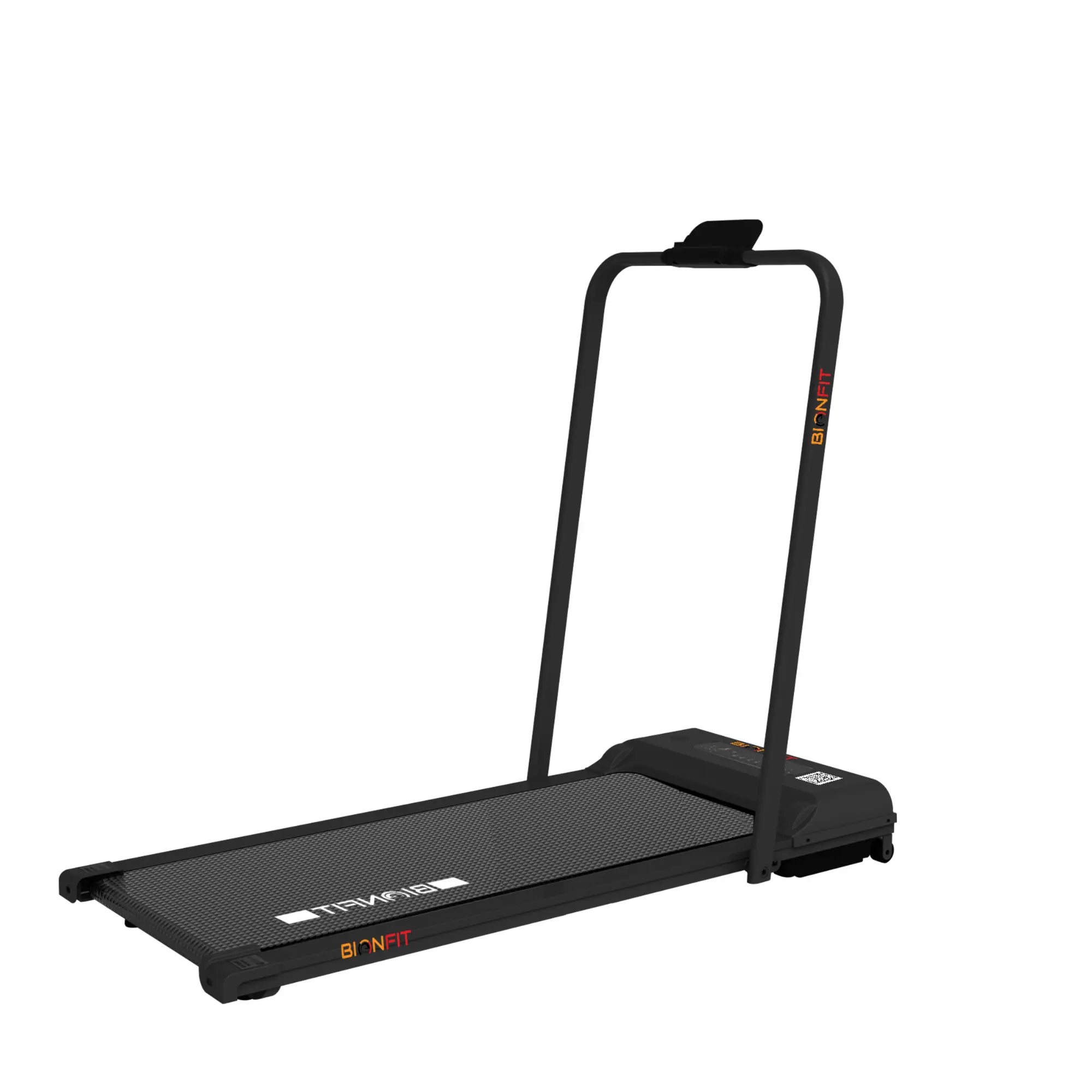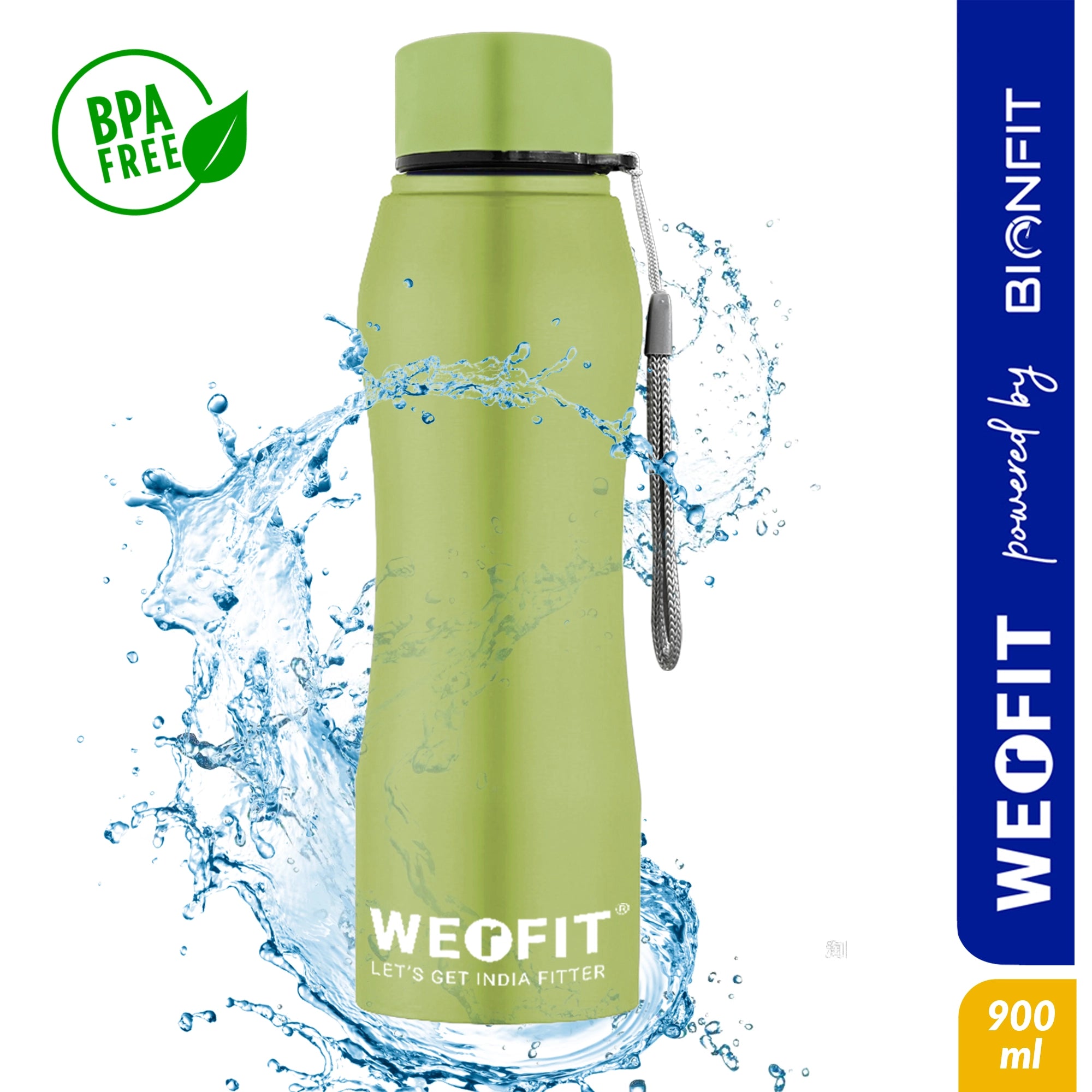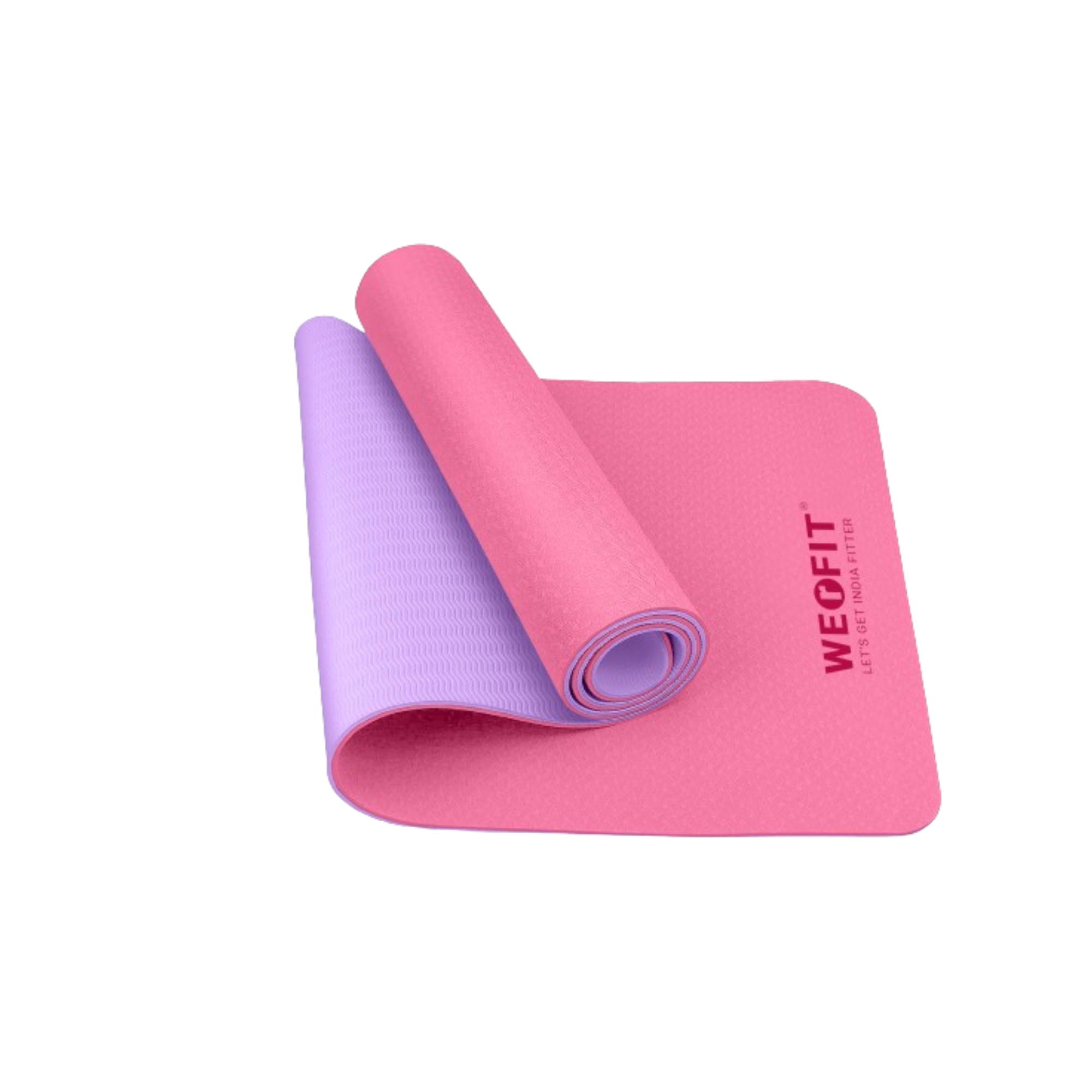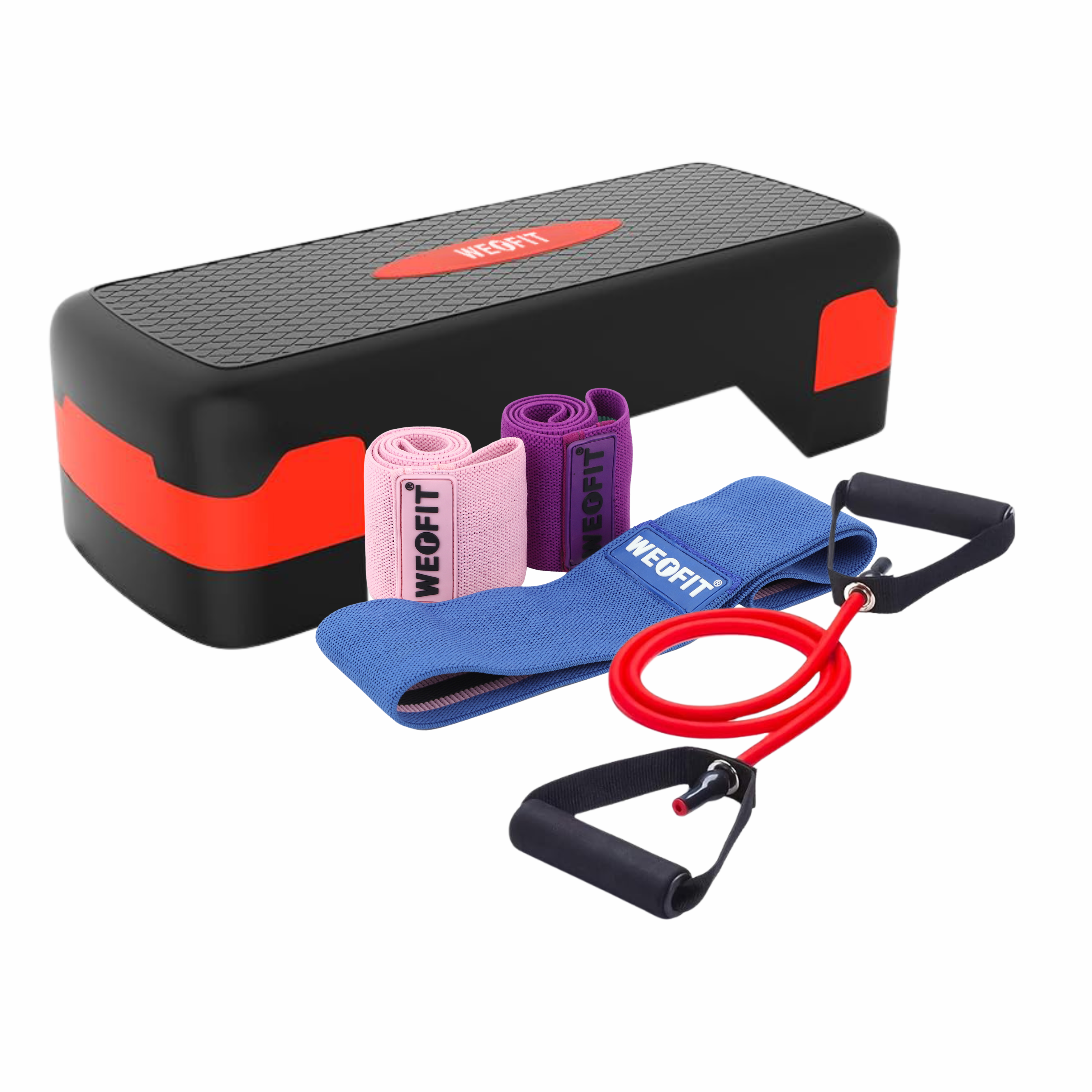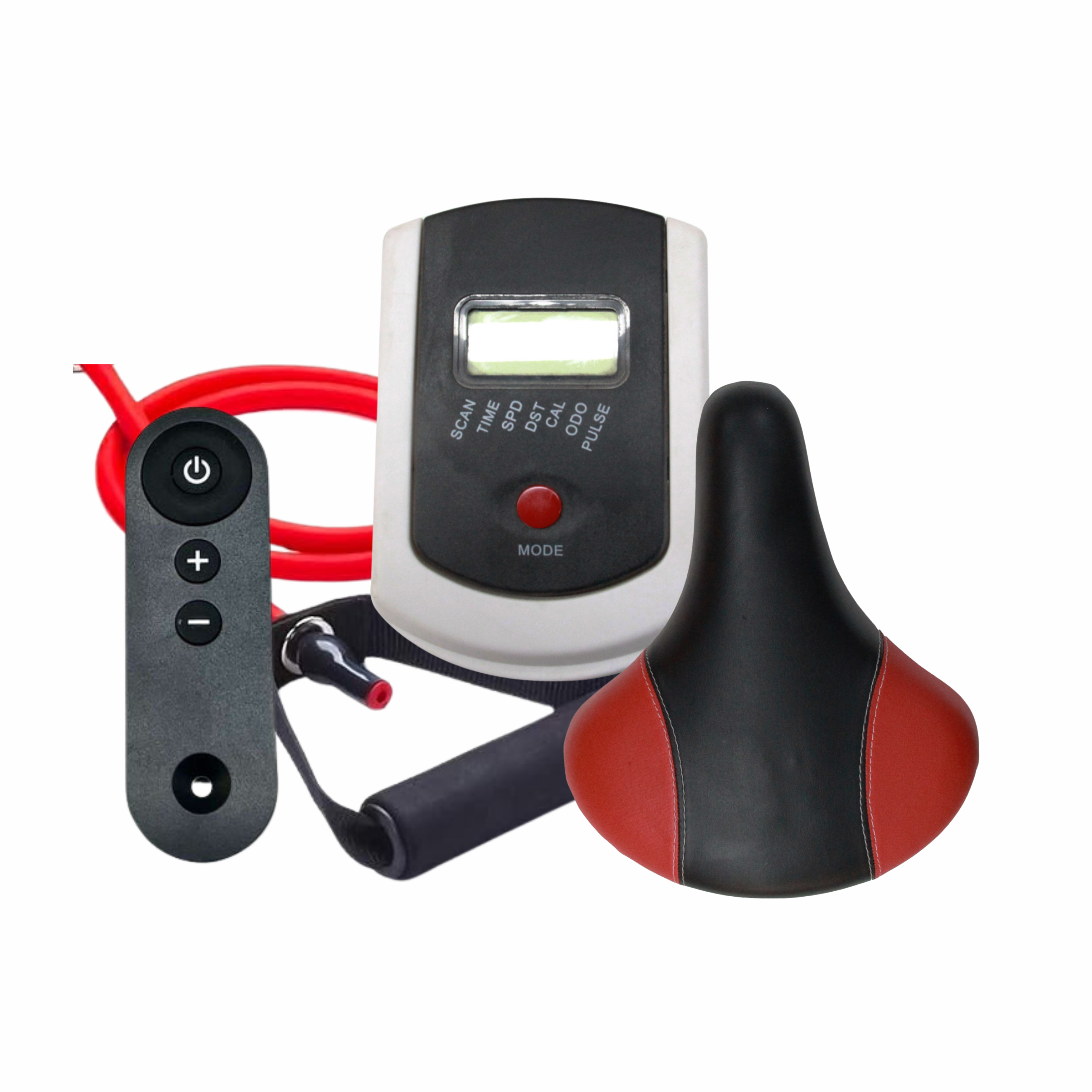
Best Practices for Storing Your Protein Shaker
When it comes to maintaining your protein shaker, proper storage is often overlooked but crucial for ensuring its longevity and hygiene. Whether you're using it at the gym, office, or on the go, following the best practices for storage can make a significant difference in its usability and cleanliness.
Choosing the Right Protein Shaker
Selecting the right protein shaker is the first step towards proper storage. Considerations such as material, size, and ease of cleaning play a vital role in ensuring a hassle-free experience.
Material Considerations
The material of your protein shaker can impact its durability, insulation properties, and overall performance. Here's a breakdown of common materials:
- Plastic: Lightweight and affordable, plastic shakers are popular for their portability. However, they may retain odors and stains over time.
- Stainless Steel: Durable and resistant to rust, stainless steel shakers offer excellent insulation for keeping drinks cold. They're also easy to clean and less prone to odor retention.
- Glass: While less common, glass shakers are preferred by those who prioritize purity and taste. They're non-reactive and won't absorb odors or flavors, but they're more fragile than plastic or steel.
Cleaning Your Protein Shaker
Regular cleaning is essential for preventing bacteria buildup and maintaining the freshness of your beverages. Establishing a cleaning routine and using the right tools can help keep your shaker in top condition.
Regular Cleaning Routine
- Ideally, you should clean your protein shaker after each use to prevent residue buildup. Use warm, soapy water and a bottle brush to scrub the interior thoroughly. Pay special attention to hard-to-reach areas like the cap and spout.
Avoiding Residue Buildup
- To prevent odors and stains, rinse your shaker immediately after use and allow it to air dry completely before sealing it. Avoid leaving leftover protein shakes sitting in the shaker for extended periods, as this can lead to stubborn residue buildup.
Proper Storage Techniques
Proper storage is essential for preserving the integrity of your protein shaker and prolonging its lifespan. Follow these tips to ensure your shaker stays clean and functional:
Air Drying vs. Towel Drying
- After washing, allow your protein shaker to air dry thoroughly before storing it. Alternatively, you can towel dry it to expedite the process. Ensure that all components are completely dry to prevent mold and bacteria growth.
Storing Lids Separately
- To prevent moisture buildup and prolong the lifespan of seals and closures, store the lid of your protein shaker separately from the bottle. This also allows air to circulate freely, reducing the risk of odor development.
Hygiene Tips for Storing Protein Shakers
Maintaining proper hygiene is essential for preventing bacterial contamination and ensuring the safety of your beverages. Here are some hygiene tips to keep in mind:
Using Mild Detergents and Disinfectants
- When cleaning your protein shaker, opt for mild detergents and disinfectants that won't damage the materials. Avoid harsh chemicals like bleach, as they can degrade plastic and leave behind harmful residues.
Regular Replacement of Seals and Gaskets
- Inspect the seals and gaskets of your protein shaker regularly and replace them as needed. Damaged or worn-out seals can compromise the integrity of the shaker, leading to leaks and contamination.
Traveling with Your Protein Shaker
Whether you're hitting the gym or heading out for the day, having a portable protein shaker ensures you can enjoy your supplements anytime, anywhere. Follow these tips for hassle-free travel:
Portable Storage Options
- Invest in a compact and leak-proof protein shaker designed for travel. Look for features like secure lids and rugged construction to withstand the rigors of on-the-go use.
Preparing for On-the-Go Use
- Before heading out, fill your protein shaker with your favorite supplements and pack it securely in your bag. Consider using a protective sleeve or carrying case to prevent damage during transit.
Cleaning Tips While Traveling
- While traveling, rinse your protein shaker with water after each use and clean it thoroughly once you return home. If you're unable to wash it immediately, fill it with water and add a drop of dish soap to prevent residue buildup.
Conclusion
Proper storage is key to maintaining the quality and hygiene of your protein shaker. By following these best practices, you can ensure that your shaker remains clean, functional, and ready for use whenever you need it.
FAQs
1. How often should I clean my protein shaker?
- It's recommended to clean your protein shaker after each use to prevent residue buildup and maintain hygiene.
2. Can I use bleach to clean my protein shaker?
- Bleach can be too harsh and may damage certain materials. It's best to use mild detergents and disinfectants specifically designed for cleaning food containers.
3. Should I store my protein shaker in the refrigerator?
- While refrigeration can help keep your drinks cool, it's not necessary for storing your protein shaker. Room temperature storage is sufficient, but avoid storing it in direct sunlight or high heat.
4. How can I remove stubborn odors from my protein shaker?
- Try soaking your shaker in a solution of baking soda and water overnight, then thoroughly rinse and dry it. You can also add a few drops of lemon juice or vinegar to the solution for extra odor-fighting power.
5. Is it safe to use a protein shaker that has mold growth?
- No, it's not safe to use a protein shaker that has mold growth. Mold can produce harmful toxins that can make you sick. If you notice mold in your shaker, it's best to discard it and replace it with a new one.
Follow us for more updates.

